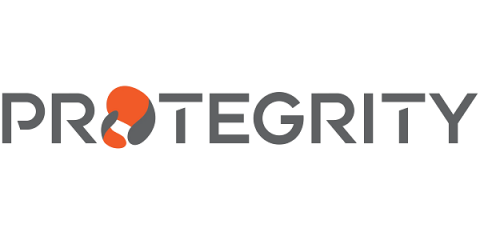Using Enterprise Data Security to Stay Ahead of Evolving Compliance Standards
As cybersecurity threats and compliance requirements continually evolve, organizations must take a proactive approach to protect their sensitive data. Protegrity’s data protection solution enables businesses to stay ahead of compliance requirements by offering continuous monitoring, encryption, and automated risk assessments, ensuring that security measures are always up-to-date and aligned with the latest regulatory standards.




